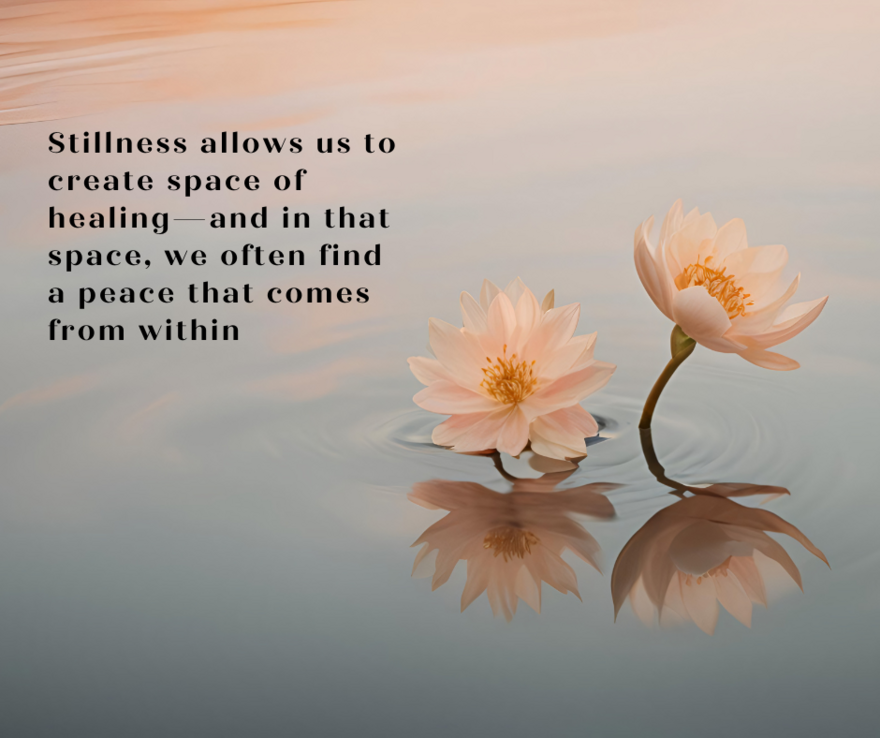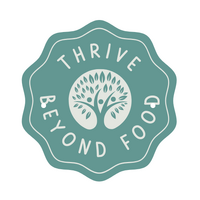
Have you ever noticed how often you instinctively reach for something to fill the space—your phone, a task, a distraction—anything to avoid sitting in the quiet? There's an itch that comes with stillness, a restlessness that makes it feel like you should be doing something. But what if stillness isn't something to fear? What if, instead of running from it, we could embrace it as part of our healing journey?
The Science of Discomfort and Distraction
Our brains are wired to seek comfort and avoid discomfort, a survival mechanism that helped our ancestors respond to threats. The modern world, however, has created an environment where discomfort is easily numbed with endless distractions. Research shows that when we experience emotional discomfort, the brain activates the same regions associated with physical pain. This is why turning to distractions—whether it's scrolling through our phones or seeking out food cues—feels so instinctive. Dopamine, the neurotransmitter associated with pleasure and reward, plays a significant role in this cycle. Highly stimulating activities, including ultra-processed foods, can create quick dopamine spikes, reinforcing the habit of avoiding stillness.
But what happens when we resist the urge to fill the quiet? Studies on mindfulness and interoception (the ability to sense internal body states) suggest that sitting with discomfort allows the nervous system to regulate itself. Instead of reinforcing the habit of escaping, we build resilience and learn that we can tolerate, and even grow from, those moments of unease.
Meeting Ourselves with Curiosity
Stillness can feel uncomfortable because it invites emotions we've pushed aside to surface. But rather than fearing these emotions, we can meet them with curiosity. Mindfulness research suggests that observing our thoughts and feelings without judgment reduces stress and enhances emotional regulation. When we stop numbing and start noticing, we create space for healing. Instead of running from our inner world, we learn to trust it.
So what if, instead of instinctively reaching for something outside of ourselves, we turned inward with kindness? What if we let the moment simply be what it is? Over time, the discomfort passes, and in its place, we often find a sense of peace—a peace that isn't dependent on external stimulation but comes from within.
A Commitment to Pause
Today, let's make a commitment to pause. To let there be space. To not rush to fill every moment with noise or motion. Perhaps in that space, we'll notice something beautiful we would have missed. Perhaps we'll hear our own hearts a little more clearly.
Recovery from processed food cravings is not just about what we eat; it's about reclaiming our ability to be present with ourselves. Together, as we walk this healing journey, let's remind each other that we don't have to run from stillness. We can meet it with open hands. We can trust that we are safe in the quiet, that we are enough just as we are—even in the pauses. Let's breathe, let's be present, let's be still, and let's see what unfolds.
References
psychologytoday.com, Emotional and Physical Pain Activate Similar Brain Regions, April 2012
frontiersin.org, Mindfulness, Interoception, and the Body: A Contemporary Perspective, September 2019
pubmed.ncbi.nlm.nih.gov, The Effects of Mindfulness-Based Stress Reduction on the Association Between Autonomic Interoceptive Signals and Emotion Regulation Selection, Oct 2021

Comments